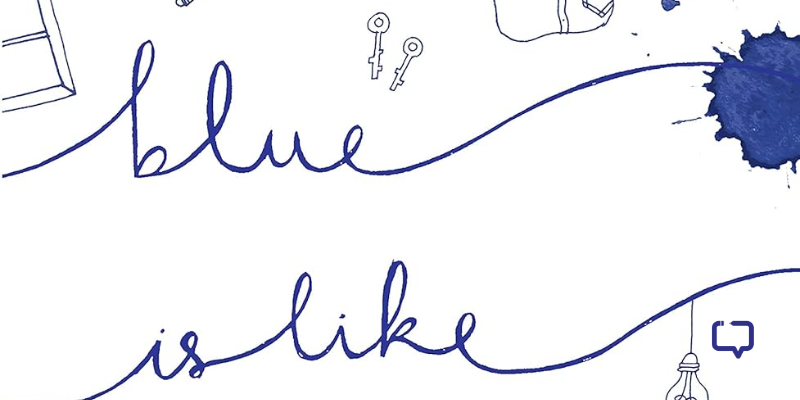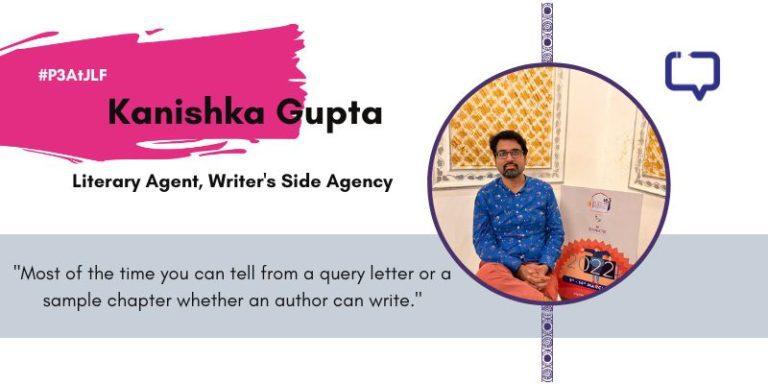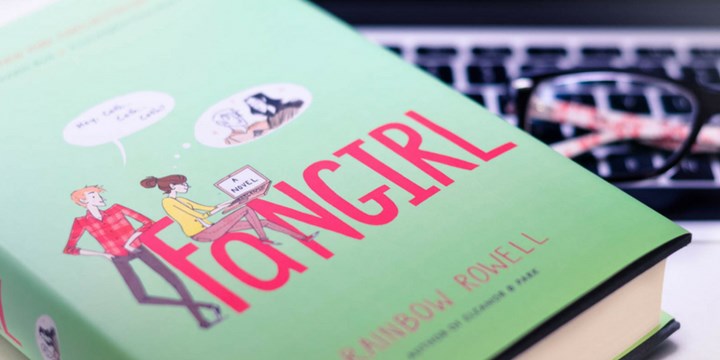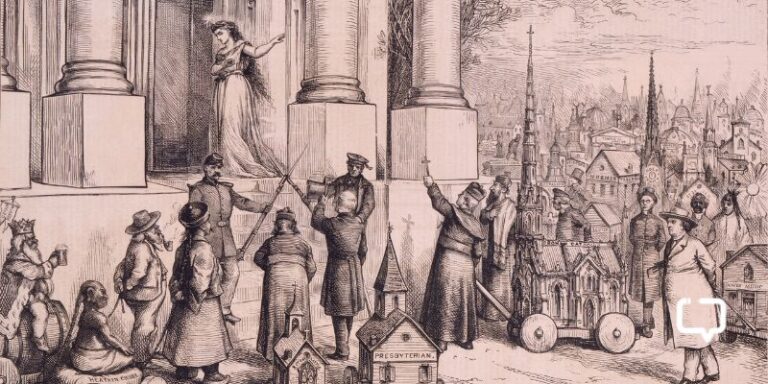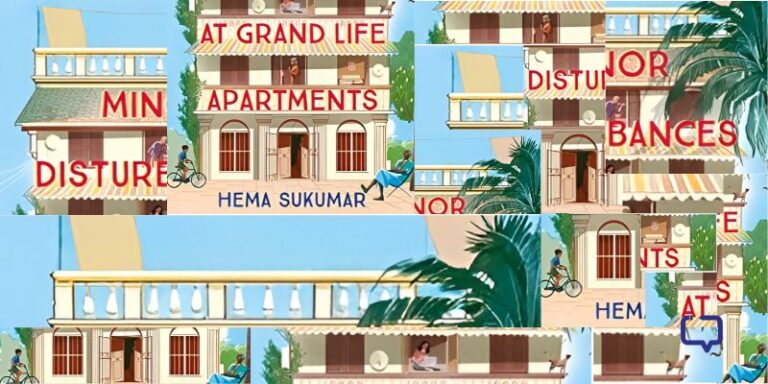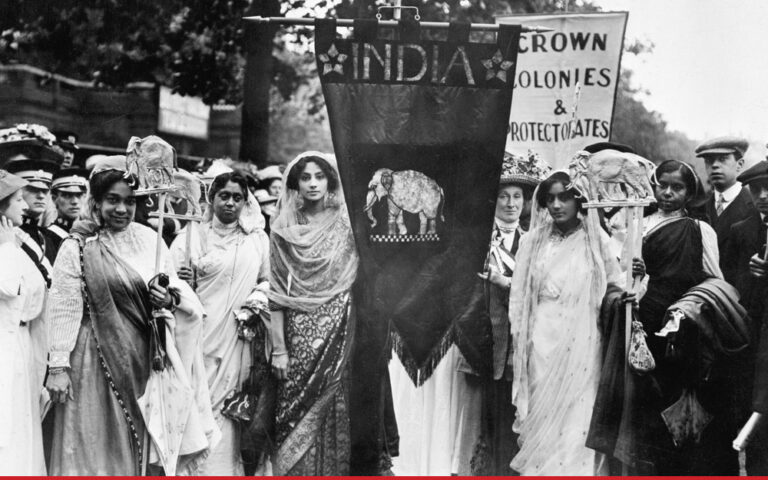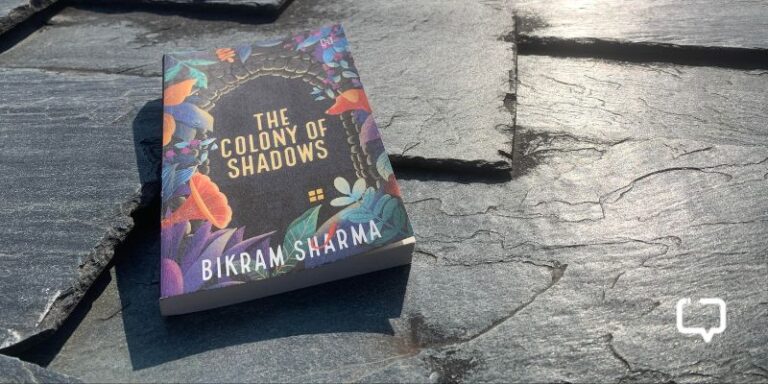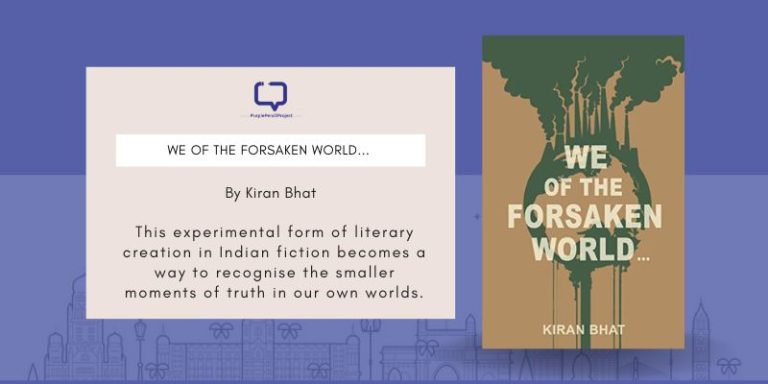From July onwards, the Purple Pencil Project started a new wing in its community initiatives: a book club. More specifically, for the time being, a club dedicated to reading Vinod Kumar Shukla’s fiction chronologically from July to January.
So far, we’ve read his first novel, Naukar Ki Kameez, and gathered to discuss his first collection of stories, Mahavidyalaya (or Blue is Like Blue).
The aim of reading an author over several months is to, hopefully, observe their evolution in writing style and themes and gain a richer appreciation of their body of work.
The Art of the Ordinary in Vinod Kumar Shukla’s Writing
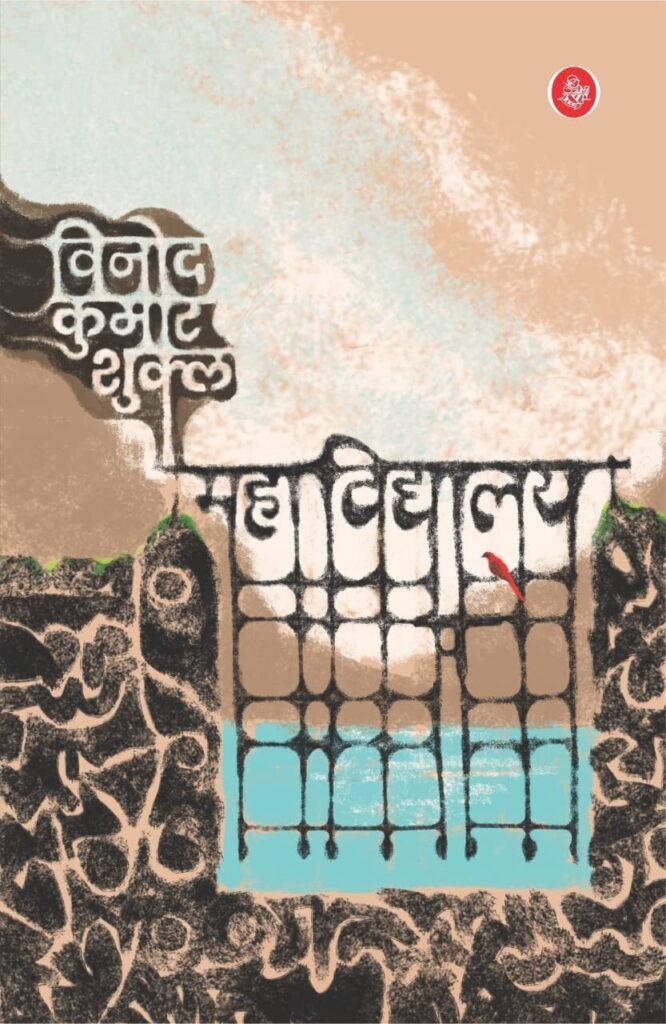
As we discussed in our previous meeting, Vinod Kumar Shukla has a distinct style of writing. More importantly, he has unique writing priorities by focusing primarily on the moment happening, without much consideration for some overarching plot, somewhat like Virginia Woolf, as aptly pointed out in the first meeting. In Mahavidyalaya/Blue is Like Blue, the stories revolve around ordinary people in their ordinary moments, and yet, through Shukla’s genius pen, the moments slowly get imbibed with significance.
In doing so, he fundamentally changes what stories are supposed to be and what reading is supposed to feel like, which can be seen in further contrast in today’s times when our lives are spent chasing the next stimulus, the next adventure, the next action to tick our set of goals.
Breaking Away from the Extraordinary: A Different Lens
When most of the stories we consume are so larger-than-life, here’s a writer who’s the least concerned about some larger plot or a larger meaning and is content in observing (and sharing his observations with us, fortunately) the mundane, the regular, the things we’d otherwise ignore.
Recommended Reading: The Greatest Hindi Stories Ever Told: Ed. by Poonam Saxena
We delved further into his writing style while talking about this collection of stories, the only collection in our book club reading list, Mahavidyala or Blue is Like Blue, translated by Arvind Krishna Mehrotra and Sara Rai into English.

A talking point of the meeting was how, largely owing to Shukla’s characteristic style of writing, the collection had uniformity and felt like one long, linear narrative in some senses. Characters are just there in the moment, doing nothing at times or observing the world around them through their seemingly mundane views or actions. Moreover, Shukla has a detached, dispassionate lens of viewing his characters and the many contours of their lives: you seldom come across emotions written; rather, they’re to be sensed by the reader through the actions of the characters.
Reading Between the Lines of Mahavidyalaya/Blue is Like Blue
Like the story, झुंड (Jhund, trans. a herd), where a character is grieving the death of a close one. Not once is it mentioned how the character feels or what he’s experiencing. Instead, his somewhat strange conversations and actions are allowed to convey his intense feelings, and the reader is given the freedom to decide the colours with which they would want to paint the story.
The story गोष्ठी (Gosthi, trans. the gathering), another favourite, had a bunch of poets being asked to bring their metaphors and symbols in literal form, with subtle attacks on the bourgeoisie attempts toward a sanitised version of life while at the same time, using vivid imagery to mock the literalisation of poetry.
We discussed many other stories, notably the titular piece, महाविद्यालय (Mahavidyalaya, trans. college), भीड़ का फालतू वक्त (Bheed ka Faltu Waqt, trans. spare time of the crowd), and आदमी की औरत (Aadmi ki Aurat, trans. the man’s woman), and how they showed the many absurdities, albeit commonplace, that exist in the society and world around us.
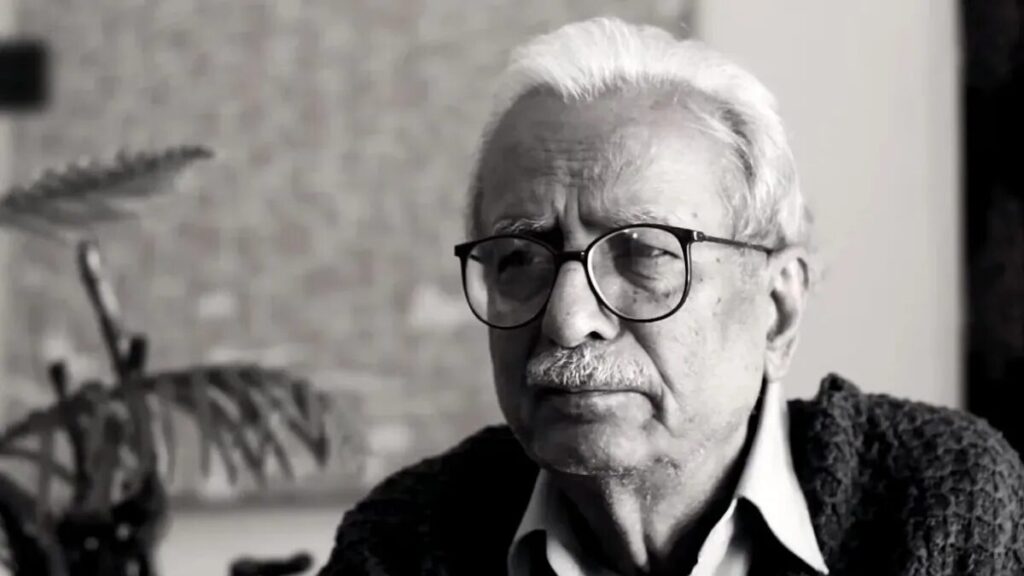
But isn’t that boring? Why would I want to read something so mundane and common when that’s already a part of my life? Isn’t the purpose of reading fiction and stories to read something extraordinary, something that stands out? That was another question we stumbled upon, midway. This line of conversation quickly veered off to writers like Woolf and Proust, who’re celebrated in mainstream culture for describing the mundane and commonplace descriptively, something that Shukla here is being “accused” of, as well, even though his style is largely his own and not derivative of the two writers. Are some lives and stories more important than others?
No matter what our final thoughts of Mahavidyalaya/Blue is Like Blue are or will be through the coming time, one thing is for certain: Shukla’s unconventional writing and stories make for discussions filled with insights and curiosities. And, to me, that’s one of the best things a book (and an author) can achieve.
Conclusion
All in all, the many strands of our conversations and thoughts when discussing Mahavidyalaya or Blue is Like Blue converged into an appreciation of everything Shukla achieves through his “smaller-than-life” stories and anticipation for the books that lay ahead: खिलेगा तो देखेंगे (Once It Flowers, September), दीवार में एक खिड़की रहती थी (A Window Lived in the Wall, October), एक चुप्पी जगह (A Silent Place, November), हरी घास की छप्पर वाली झोपडी और बौना पहाड़ (Moonrise From the Green Grass Roof, December), and यासि रासा त (The Windows In Our House Are Little Doors, January). To read or discuss any of these books with us, join our book club today!







